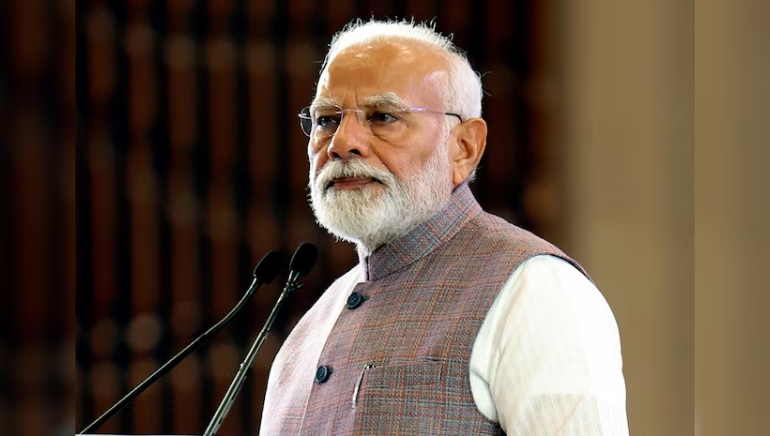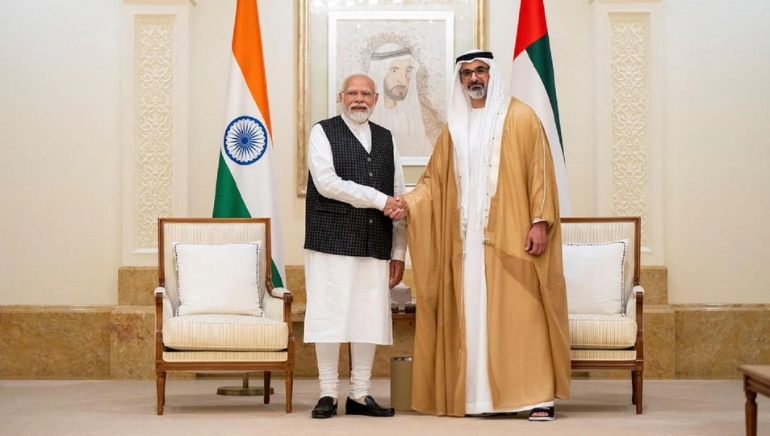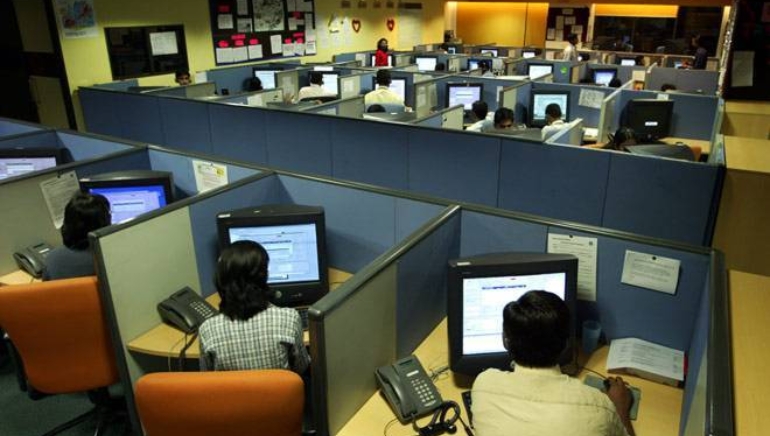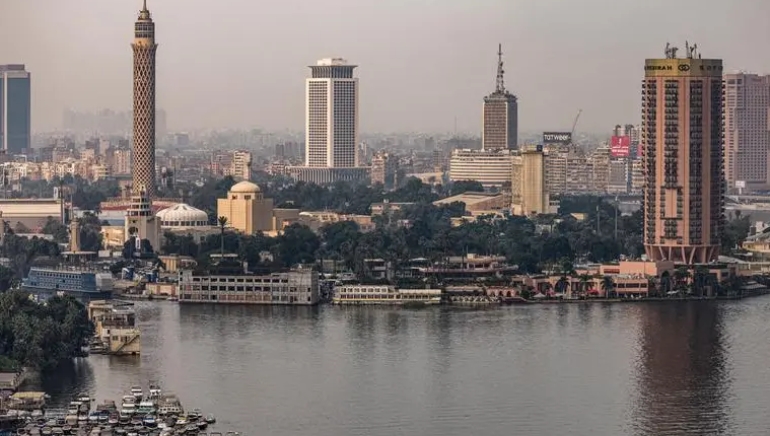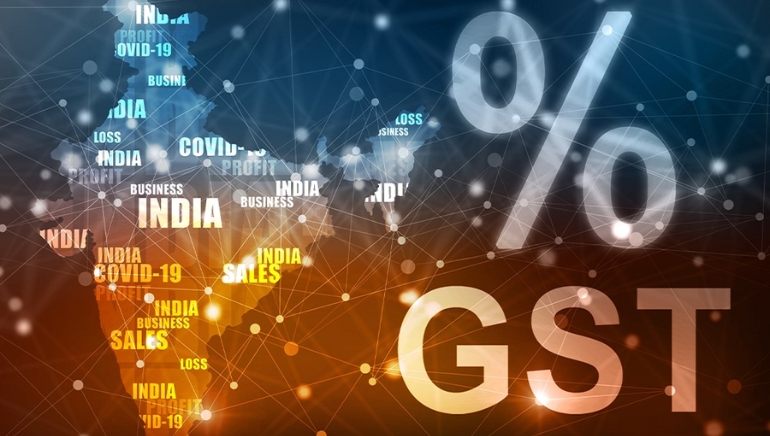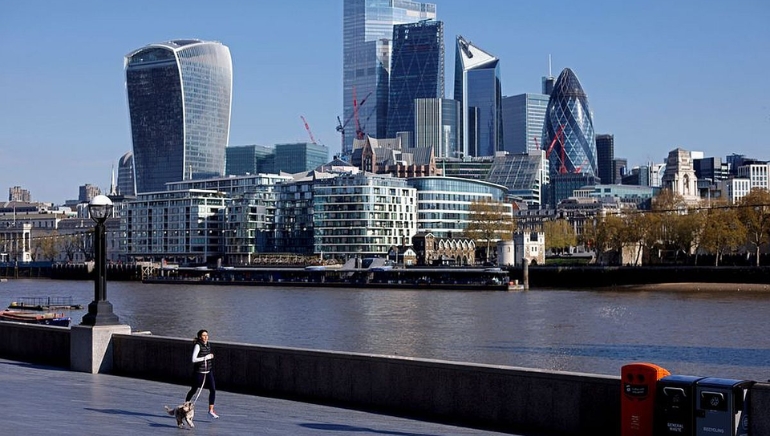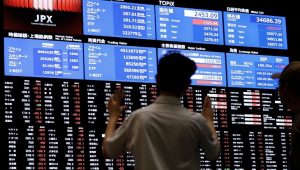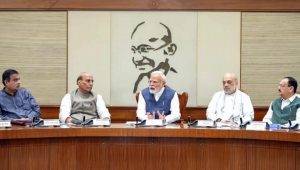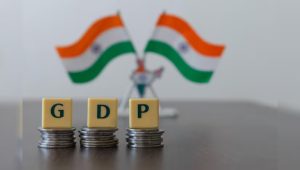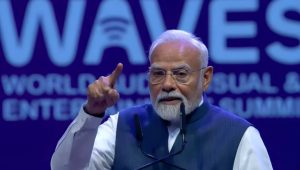Prime Minister Narendra Modi stated India’s intention to increase its electronics sector to $500 billion by 2030, emphasising the country’s developing semiconductor prowess. Modi spoke at a chip conference near New Delhi, emphasising India’s advantages, which include a $155 billion electronics sector.
India is actively pursuing chipmakers, similar to the incentives that prompted Apple to assemble $14 billion worth of iPhones nationwide. The government has already approved more than $15 billion in semiconductor projects. Major initiatives include the Tata Group’s proposal to build India’s first large chip production and Micron Technology Inc.’s $2.75 billion facility in Gujarat. Tower Semiconductor Ltd. of Israel is also pursuing a deal with Gautam Adani for a $10 billion fabrication plant.
PM Modi emphasised the importance of India’s position, adding, “In the 21st century, the chips are never down in India.” With geopolitical tensions developing between the United States and China, semiconductors have become vital as governments transition away from relying on foreign producers, particularly in China and Taiwan.
Industry executives discussed their ambitions. Kurt Sievers, CEO of NXP Semiconductors NV, announced that the Dutch chipmaker will invest more than $1 billion in India to boost its research and development operations in the next few years.





